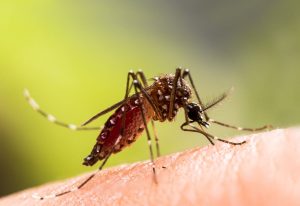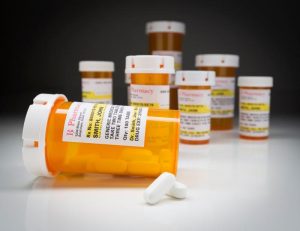YOU WOULD THINK that all the technology and safe-sex educational material we have today would mean a decline in the transfer of STDs and STIs. Think again: the rate of STD and STI contractions has actually been rising in the United States — a trend that hasn’t been seen since 2006.
[Note: There might be some confusion between the use of STD and STI. While many use them interchangeably, STDs commonly refer to the illnesses that are incurable, like HIV and genital herpes, and STIs refer to the illnesses that 1) oftentimes don’t present symptoms and 2) are curable. Lady Clever will do its best to use each term when appropriate.]
Specifically, health officials are seeing a lot of chlamydia and gonorrhea — both common STIs — being spread around, and they’re not exactly sure why the rates of these infections are increasing. This phenomenon is occurring alarmingly at breakneck speed here in Los Angeles. Some experts want to blame the rising popularity of dating apps and the casual or anonymous sex that oftentimes stem from those encounters — as if people weren’t having sex before those existed. Others suggest it might have something to do with more people using online STD/STI tests, where you just mail away your sample and await results.
STD expert Dr. Charlotte Gaydos suggests that oftentimes, DIY test kits aren’t the most reliable services. People could be receiving false negatives.
“We don’t know — they could be doing [the testing] in their garage, they could be doing this on their kitchen table.”
STD/STI testing at the kitchen table? Awesome image. The problem with chlamydia and gonorrhea is that it can take a while for symptoms to develop and show, if ever; these particular STIs are oftentimes non-symptomatic, meaning you might never know if you’ve contracted them based on symptoms. If people aren’t getting tested regularly, people can very easily contract a disease and pass it along to multiple people before they ever knew they had contracted it in the first place. Cue the awkward “So… you should probably get tested” texts. FYI: experts recommend getting a full panel done every 3 months for sexually-active individuals, and more often for people engaging in high-risk sexual behaviors like condomless sex with multiple partners.
Another thing to consider is the fact that, although it’s sh*tty to contract anything at all, as far as STIs go, the more common infections are easily treatable with antibiotics and are less likely to cause life-long issues. Perhaps some people just don’t take them quite as seriously anymore? Especially since, thanks to advancements in treatment and prevention, the HIV infection rate has declined so significantly? It’s possible.
However, just because you can pop a pill to get rid of chlamydia doesn’t mean it’s not an issue. Men are not generally affected in any serious way, but 24,000 women become infertile each year from the effects of STIs, so they’re definitely not nothing.
Officials hope that at some point the testing process will speed up as testing becomes easier, more efficient, and more accessible, but in the meantime, if you’re doing the deed outside of a committed (and trusting!) relationship, the only defense is using a condom or other available prophylactic. After that, the testing process becomes crucial, as well as refraining from sex for the proper amount of time while the antibiotics go to work, if you do happen to test positive for something.
For information on getting tested for STDs and STIs, contact your local healthcare provider. If you don’t feel comfortable going to your family doctor, service providers like Planned Parenthood and national hotlines are great alternatives for services and information.


-300x200.jpeg)









-300x241.jpeg)




